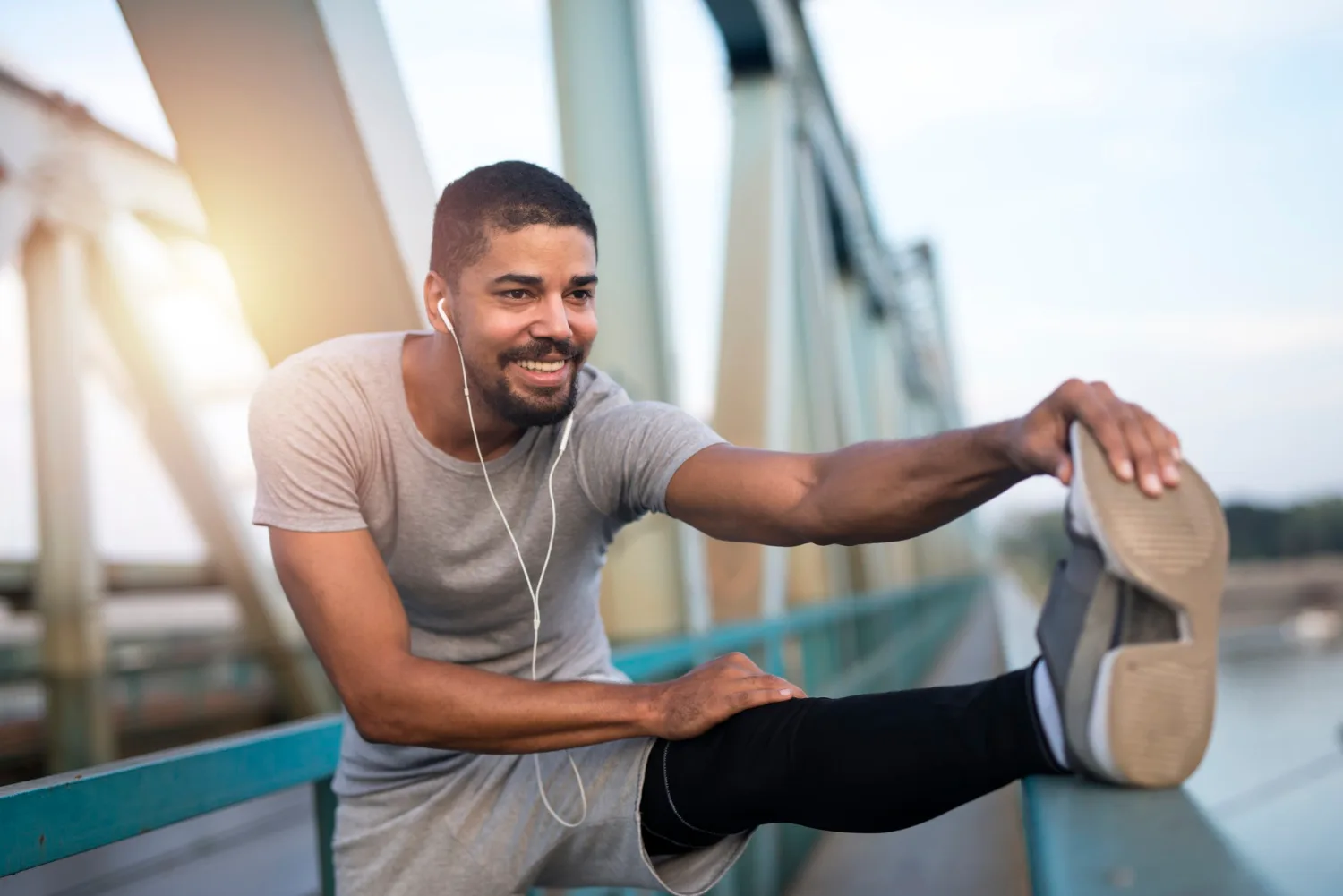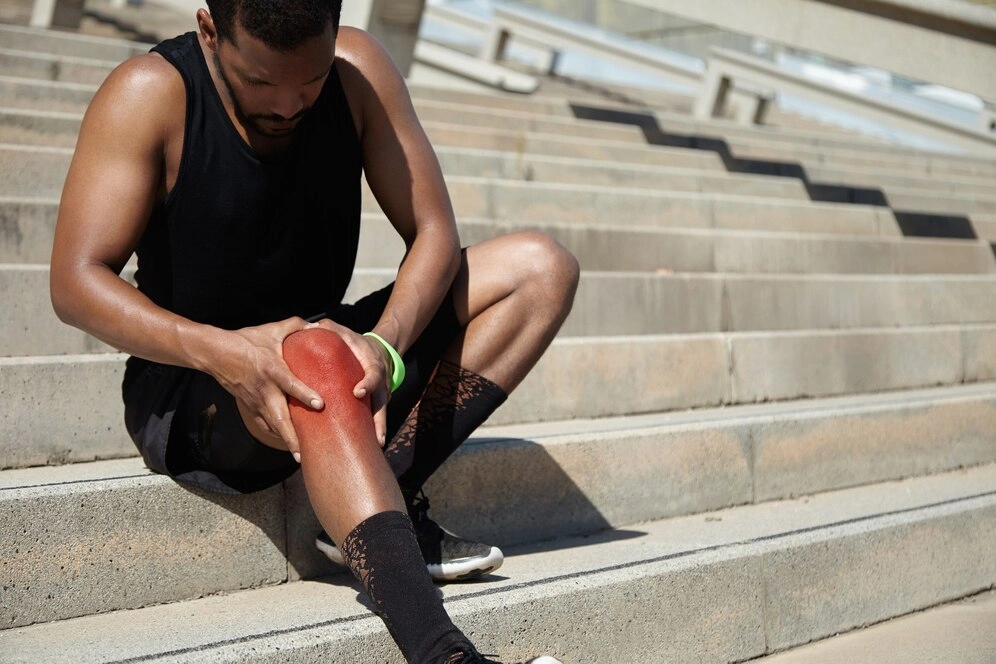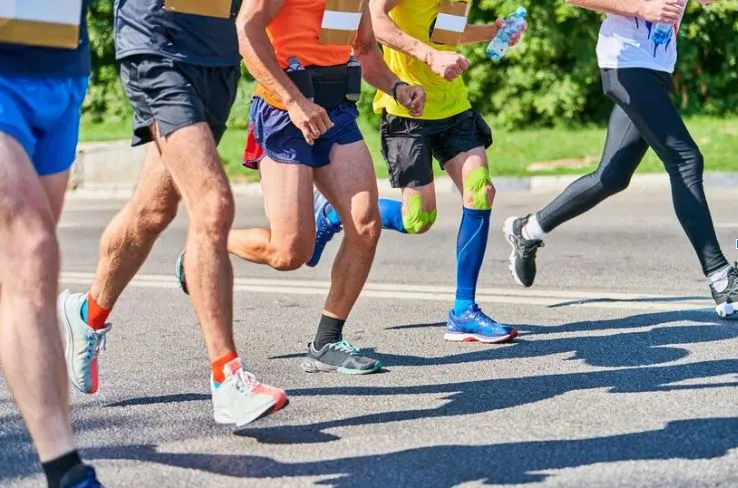How To Prevent Re-Injury During Recovery
Category: Orthopedics
Recovering from an injury, whether it's a muscle strain, ligament tear, or joint surgery, is a delicate process that requires patience, dedication, and proper care. While it’s essential to focus on rehabilitation and strength-building, it’s equally important to avoid re-injuring the affected area. At Lokmanya Hospital, we understand that every patient’s recovery journey is unique. With focus on patient-centered care, we are here to support you every step of the way as you recover from your injury.
1. Follow Your Doctor’s and Physical Therapist’s Instructions
The first step in preventing re-injury during recovery is to strictly follow the guidance of your healthcare provider. Doctors and physical therapists create personalized recovery plans based on your injury type, severity, and individual needs. Adhering to the prescribed treatment schedule ensures that you don’t push your body too hard too soon, which could risk re-injury. Whether you’re following post-surgery care instructions or a rehabilitation exercise regimen, consistency and discipline are key.
2. Gradual Return To Activity
One of the biggest mistakes people make during recovery is rushing back to their regular activities. Although you may feel better and eager to resume normal life, the healing process takes time. If you return to strenuous activities like lifting heavy weights, running, or jumping too soon, the risk of re-injury increases significantly.
A gradual return to activity is essential for re-strengthening the muscles and tissues around the injured area. Start with low-impact exercises, like walking or swimming, and slowly progress to higher-impact activities. This step-by-step approach ensures that your body is fully prepared for increased stress.
3. Strengthen Supporting Muscles
During the recovery phase, it’s not just about the injured area but also about strengthening the surrounding muscles. Weak supporting muscles can increase the strain on the injured tissue, making it more prone to re-injury.
Work with your physical therapist to incorporate strengthening exercises into your rehab routine. These exercises should focus on gradually improving the muscle strength around the injured site to help prevent the area from being overloaded once you resume regular activities.
4. Pay Attention to Proper Form and Posture
Whether you’re walking, lifting, or doing any other activity, maintaining proper form is crucial. Incorrect posture or improper technique can strain the body, putting unnecessary stress on the healing tissue and leading to re-injury.
When exercising or performing daily tasks, pay close attention to body mechanics. Ensure you’re using the right posture and alignment for activities like bending, standing, or lifting. If you’re unsure, working with a physical therapist or a trained fitness coach can help reinforce proper movement patterns.
5. Listen to Your Body
Your body is your best indicator of progress, and it will often signal when something is wrong. If you experience pain, discomfort, or fatigue that feels unusual during or after exercise, it’s crucial to listen to these signals and take action.
Pain, especially sharp or intense pain, is a clear warning sign that something is wrong. If you’re feeling pain during recovery, you may be pushing too hard or engaging in an activity that is too demanding for the injured area. Rest and recovery are just as important as rehabilitation exercises. Take breaks when needed and prioritize recovery to avoid exacerbating the injury.
6. Use Supportive Equipment
Depending on the type of injury, using supportive equipment like braces, wraps, or crutches can be essential for preventing re-injury. These devices provide added stability to the injured area, helping you move safely while maintaining proper alignment.
For instance, a knee brace or ankle support can reduce the stress placed on the joint during activity, while a back brace can help stabilize the spine after surgery. Make sure to follow your healthcare provider’s recommendations regarding the use of support devices, as they can play an essential role in injury prevention.
7. Focus on Flexibility and Stretching
Flexibility and range of motion exercises are crucial for preventing re-injury. After an injury, muscles and joints can become stiff, limiting movement and making the area more susceptible to strain. Regular stretching exercises can improve flexibility, reduce muscle tightness, and enhance blood circulation to the healing tissues.
Include dynamic stretching in your warm-up routine and static stretching during your cool-down phase. Stretching helps maintain flexibility in the muscles surrounding the injured area and can help improve your overall mobility.
8. Prioritize Rest and Recovery
Many people underestimate the importance of rest in the healing process. Rest isn’t just about taking time off from exercise; it’s about giving your body the time it needs to rebuild and repair the injured tissue. Without adequate rest, the healing process slows down, and you may be more prone to reinjury.
During recovery, aim for quality sleep and relaxation. Avoid overexerting yourself with activities that strain the injured area, and give your body time to regenerate. Ice, elevation, and heat therapy can also help reduce inflammation and improve circulation, accelerating the healing process.
9. Maintain a Healthy Diet
Nutrition plays an important role in the healing process. A balanced diet that includes adequate amounts of protein, vitamins, and minerals can support tissue repair and strengthen bones and muscles. Foods rich in calcium, vitamin D, and magnesium are essential for bone health, while vitamin C and zinc aid in tissue repair.
Staying hydrated is equally important, as water supports joint health and prevents muscle cramps. A diet that promotes healing can help ensure your recovery is as quick and effective as possible.
10. Stay Consistent with Rehab Exercises
Finally, consistency is crucial for a successful recovery. Rehabilitative exercises are designed to rebuild strength, improve flexibility, and restore function to the injured area. Skipping rehab sessions or neglecting prescribed exercises can lead to muscle imbalances, decreased stability, and increased risk of re-injury.
Work with a physical therapist to develop a routine that progresses gradually in difficulty and intensity. Stay committed to your rehabilitation plan to ensure a full and safe recovery.
Why Choose Lokmanya Hospital For Injury Recovery?
At Lokmanya Hospital, our team of orthopedic specialists and physical therapists work together to create a personalized rehabilitation plan designed to minimize the risk of re-injury and ensure long-term healing. With state-of-the-art facilities and a focus on patient-centered care, we are here to support you every step of the way as you recover from your injury.
Conclusion
Preventing re-injury during recovery is all about striking the right balance between rest, rehabilitation, and gradual return to activity. By following your healthcare provider’s recommendations, staying consistent with exercises, and listening to your body, you can heal safely and avoid setbacks.
Remember that recovery takes time, and patience is key. Whether you’re recovering from a sports injury, surgery, or any other trauma, the steps outlined above can help you achieve a full recovery and return to your normal activities stronger than before. Always consult your doctor or physical therapist if you have any doubts or concerns during your recovery process.
FAQ’s
1. How long should I wait before returning to sports or high-impact activities?
Recovery time depends on the severity of the injury and individual progress. Consult your doctor or physical therapist, as returning too early can risk re-injury. Typically, full recovery can range from weeks to months.
2. Can I use over-the-counter pain relievers during recovery?
Yes, over-the-counter pain relievers like ibuprofen or acetaminophen may help manage pain and inflammation. However, prolonged use should be avoided, and it’s best to consult your doctor for proper guidance.
3. What role does mental health play in injury recovery?
Mental health is crucial during recovery, as frustration, anxiety, or stress can hinder progress. Mindfulness, counseling, or relaxation techniques can support emotional well-being and promote a positive recovery experience.
4. How can I tell if I’m overtraining during recovery?
Overtraining signs include persistent fatigue, soreness, decreased performance, and difficulty sleeping. If these symptoms arise, reduce activity levels and consult your physical therapist.
5. Are alternative therapies like massage or acupuncture helpful for recovery?
Alternative therapies can complement your rehabilitation plan. Massage may reduce muscle stiffness, while acupuncture may aid pain management. However, discuss these options with your doctor before incorporating them.
6. How do I prevent injuries in the future after recovery?
Focus on maintaining strength, flexibility, and proper form during activities. Regular exercise, adequate warm-ups, and wearing appropriate protective gear can significantly reduce the risk of future injuries.






